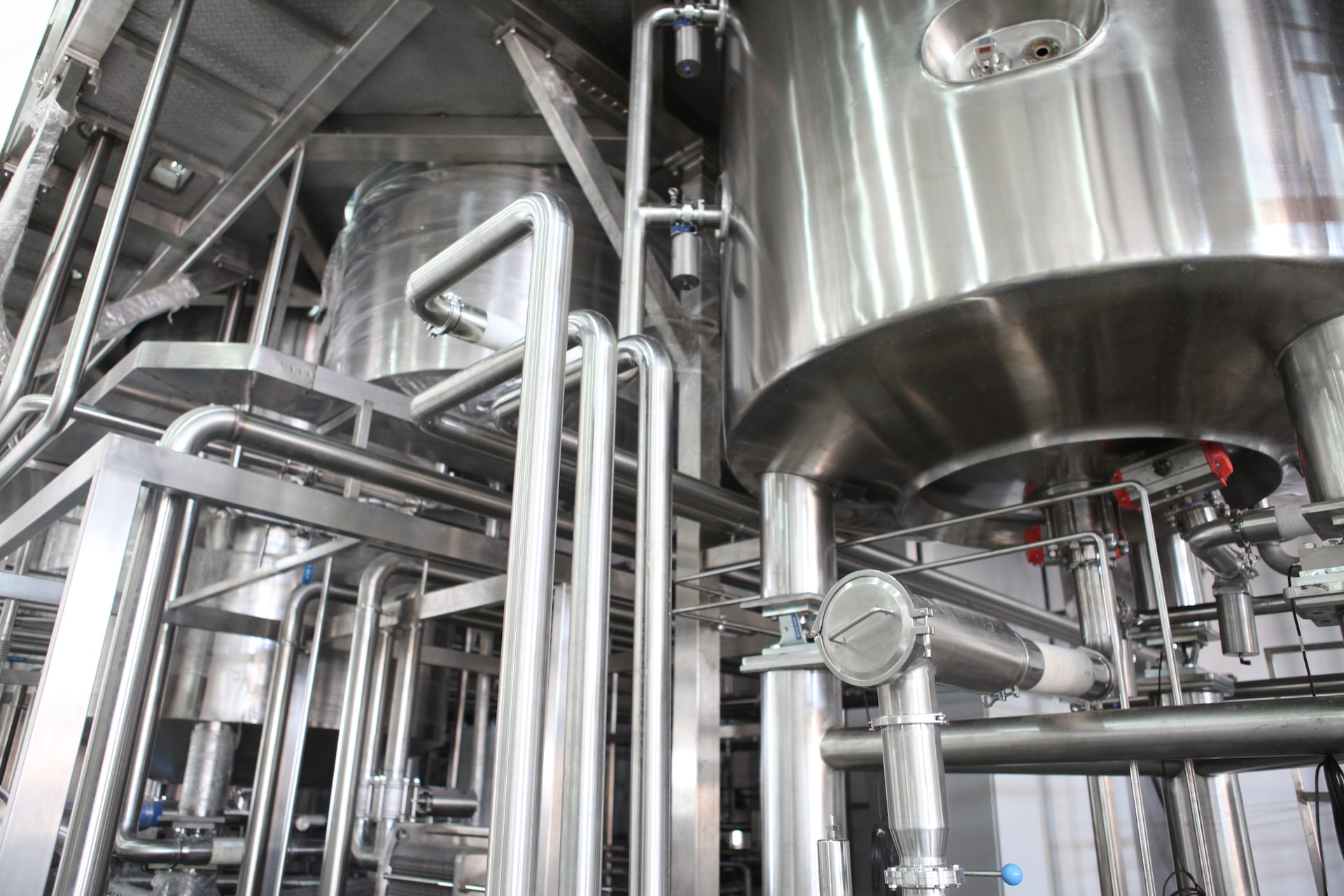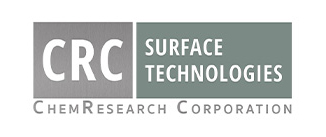
17 Oct When Is Passivation of Stainless Steel Required?
The strength, durability, and appearance of stainless steel make it useful in a wide range of applications. However, despite its natural oxide layer, stainless steel is vulnerable to rust. The passivation process helps improve resistance to corrosion and extend the lifespan of stainless steel parts.
At CRC Surface Technologies, passivation is just one of the many protective finishes we offer. We put together this guide to help you understand why you should passivate stainless steel parts, and when passivation is required.
What Is the Purpose of Passivation?
Stainless steel is an alloy composed mainly of iron, which is highly susceptible to corrosion if it comes into contact with air and water. Rust can contaminate pharmaceutical tanks, damage aircraft and military vehicles, and lead to machine failure in all types of industries.
The purpose of stainless steel passivation is to improve the corrosion resistance of the surface in order to extend the lifespan of any exposed metal parts. The passivation process involves removing free iron from a stainless steel surface and creating a passive, protective oxide coating that shields the metal underneath from moisture and oxygen.
When Is Passivation of Stainless Steel Required?
Because the chromium in stainless steel alloys naturally creates a protective oxide layer, it may seem like passivating stainless steel isn’t entirely necessary. However, the natural oxide layer will not form if there is any surface contamination. And, even if it does form, the layer is extremely thin and may quickly wear out.
Stainless steel parts go through various stages of machining, welding, cutting, and grinding during the fabrication process. As a result, contaminants like iron particles, dirt, and grease get left on the surface and can degrade the natural passive layer or prevent it from forming.
Stainless steel passivation is required after fabrication to remove all surface contaminants and allow the formation of a thick, protective oxide layer.
Four Benefits of Passivating Stainless Steel Parts
1: Increases Corrosion Resistance
The main benefit of stainless steel passivation is improving corrosion resistance. Stainless steel parts that are continuously exposed to water and air—like military aircraft—are especially susceptible to rust and environmental wear. Passivation makes the corrosion resistance of stainless steel superior to its natural capabilities, allowing for safer aircraft, vehicles, medical equipment, and other stainless steel products.
2: Extends the Lifespan of Metal Parts
Cleaning stainless steel parts is necessasry to prevent product contaminations, make machines perform better, and even make equipment look more professional. Without passivation, cleaning chemicals can quickly wear down the natural oxide layer, leaving the stainless steel surface vulnerable to corrosion. Passivation extends the lifespan of stainless steel parts that require frequent cleaning.
3: Strengthens Structural Integrity
Rust is not only unsightly—it also severely weakens the structural integrity of stainless steel parts. Rusty metal becomes flaky and easy to dent or damage, making metal components unsafe and unusable. By preventing rust, passivation helps strengthen the structural integrity of stainless steel parts.
4: Improves Appearance
As an added bonus, passivation can also improve the appearance of metal parts that are beginning to rust. Passivation can quickly restore a yellowing, bumpy surface to its original shine and make it look brand new.
Stainless Steel Passivation in Phoenix, Arizona
Now that you know why you need to passivate stainless steel, it’s time to call a professional. At CRC Surface Technologies, we provide over 33 different metal finishing services to both regional and national machine shops. To learn more, call us at 602-288‐6190 or send an email to rfq@chemresearchco.com to get a quote.
Images used under creative commons license – commercial use (10/17/2022). Photo by Crystal Kwok on Unsplash

